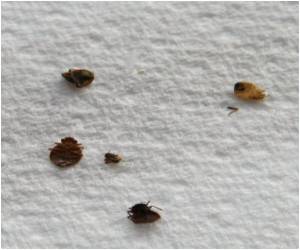Effects of two broad-spectrum systemic insecticides, fipronil and imidacloprid, on honeybees was highlighted in a new research published in Environmental Toxicology and Chemistry.

The effects of pyrazoles (e.g., fipronil) and neonicotinoids (e.g., imidacloprid) on the nervous system are fairly well documented. Daniel Nicodemo, professor of ecology and beekeeping at the Universidade Estadual Paulista in Dracena, Brazil, and lead author of the study states, "These insecticides affect the nervous system of pest and beneficial insects, often killing them. Sublethal effects related to insect behavior have been described in other studies; even a few nanograms of active ingredient disturbed the sense of taste, olfactory learning and motor activity of the bees." A key characteristic of colony collapse disorder is the incapacity of the honeybees to return to their hives, and these disruptions have a direct impact on that ability.
In this study, Nicodemo et al. looked at the effects of fipronil and imidacloprid on the bioenergetics functioning of mitochondria isolated from the heads and thoraces ofAfricanized honeybees. Mitochondria are the power plants of a cell, generating most of a cell's supply of adenosine triphosphate (ATP), used as a source of chemical energy.
Honeybee flight muscles are strongly dependent on high levels of oxygen consumption and energy metabolism. Mitochondrial oxidative phosphorylation drives ATP synthesis, which is required to contract the muscles during flight. "If something goes wrong, the energy production is impaired," explains Nicodemo. "Similar to a plane, honeybees require clean fuel in order to fly." Both fipronil and imidacloprid negatively affected the mitochondrial bioenergetics of the head and thorax of the honeybees. While at sub-lethal levels, insecticide damage may not be evident, even such low level exposure clearly contributes to the inability of a honeybee to forage and return to the hive, which could result in declining bee populations.
Source-Eurekalert









